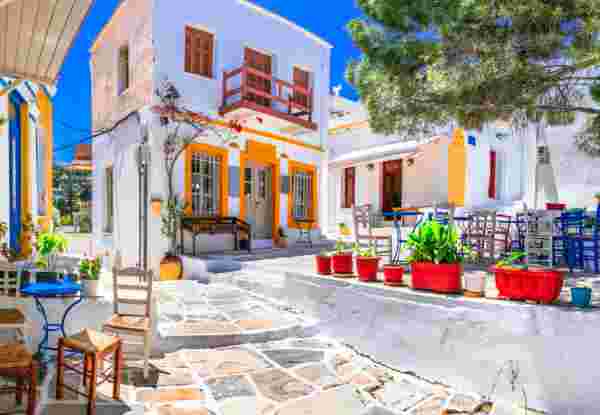5 Greek Villages for Every Season
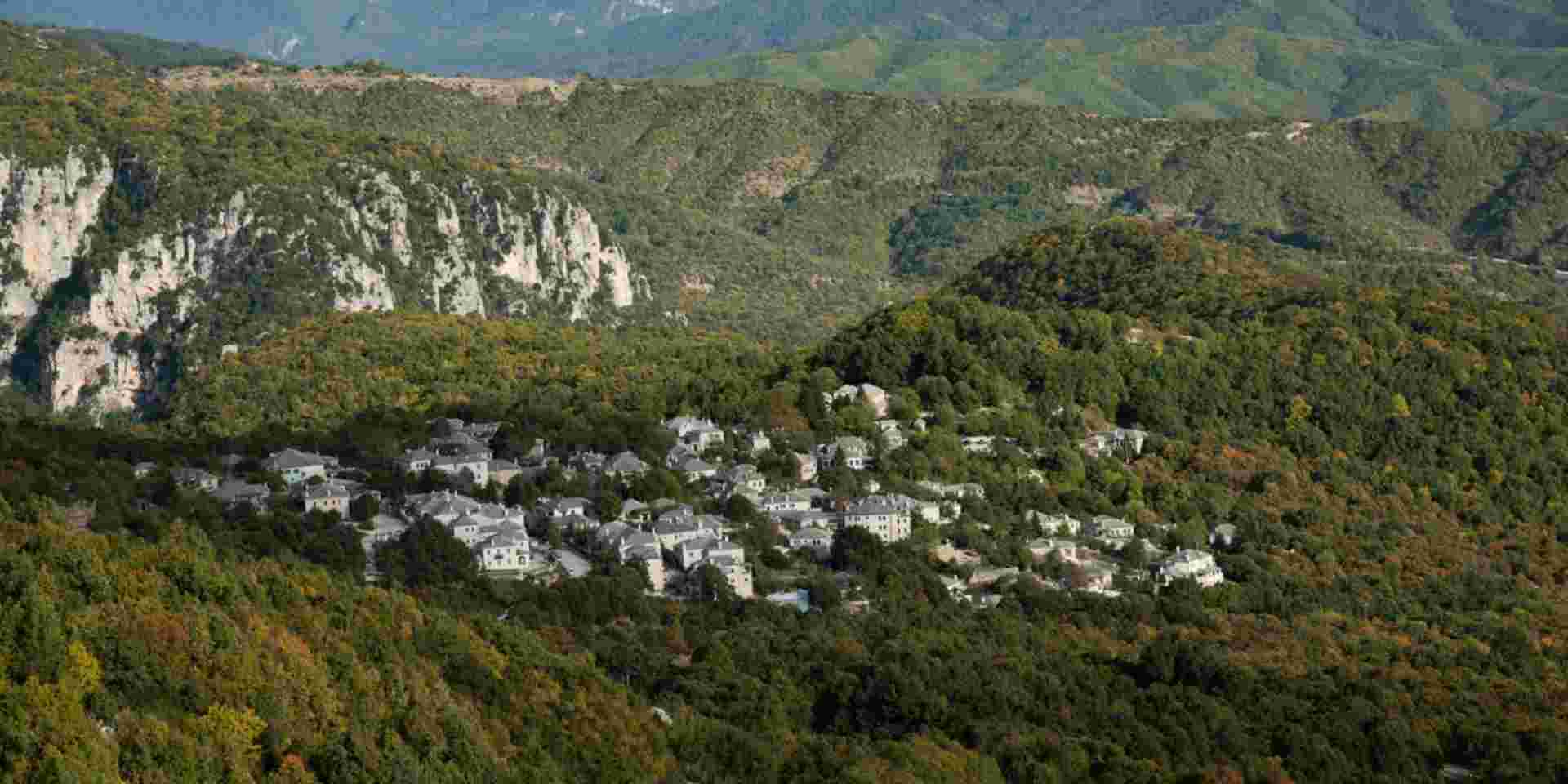
If you want us to plan your Greek Village Itinerary, so you can experience Greece all year round, contact us here or email us at hello@greeceinsiders.travel
Kalavryta, Achaia
They are small towns in size, but their atmosphere is reminiscent of a village. The life of Kalavryta revolves around the 25th of March pedestrian street. Here are concentrated commercial shops, restaurants, cafes, grocery stores with local products, and small souvenir shops. The tourist infrastructure has been largely adapted to weekend visitors. The gastronomy of the region focuses on local meats, which are accompanied by handmade pasta, and delicious legumes from the neighboring Feneos plateau, and honors in every way the trademark product, the famous PDO feta from Kalavryta. Whether you are a fan of action and adventure or looking for other types of travel thrills, the area around Kalavryta offers plenty of options for a “full” weekend.
Vamos, Chania
When in 1994 a group of young people, originally from Vamos, decided to turn their village, in the region of Apokoronas, into an agro-tourism destination, in the rest of Greece we did not know what sustainable tourism would mean. In the village, which was the capital of the province of Sfakion, public services were housed and there were fine mansions. The young people started by restoring their ancestral houses, turning them into guesthouses, and building a tavern, the Sterna of Blumosifi.
But none of them had taken the whole project seriously. Perhaps that’s why it was so successful in the end. The places were run by the same people. The “better” a degree someone had, the lower position they took. Therefore, doctors and civil engineers are exclusively peeling potatoes! The young people grew up, the composition changed and everyone now has their own business. At the same time, more and more new members are added. Nonetheless, the logic is the same. In Vamos, you will find a beautiful village for walks, guest houses to sleep in, agro-tourism activities, and a tavern. Make sure to taste the excellent lamb with stamnagathi in the wood oven.

Megalo Chorio, Evrytania
Stones, springs, and forest. This is the essence of a “stone” village along the Karpenisiotis river. At an altitude of 720 m on Mount Kaliakouda. Despite its name, Megalo Chorio is not prohibitively large as “megalo” translates to “big” in English. It has a village center with tourist shops. It is easy to walk from one end to the other in a quarter of an hour. This picturesque village proudly carries the majestic energy of mountainous Greece. With the beautiful Agios Gerasimos, the sprawling square with the sycamore tree, and the tall Clock. The people of the Megalo Chorio who lived in the city brought the Clock in 1926. It was captured by bullets during the Second World War
If you proceed to the alley behind the Clock, you will find yourself in the old cobblestones. There you will find absolute architectural relevance. You don’t understand how the cobblestone becomes a wall of a house. There is only stone, so you will not see any other building material inserted into the landscape.
Monodendri, Zagori
One of the most popular villages of Zagori and one of the first to attract tourism thanks to its position as the starting point or end of the crossing of the Vikos Gorge, but also thanks to the flour pies of Kikitsa, the grandmother who in the 1960s offered them to the first passerby. An important attraction in Monodendri in the following years and to this day remains the monastery of Agia Paraskevi, which has been hanging over the ravine of Vikos since the 15th century. Enjoy a coffee in the square with the plane trees, buy fine honey and be sure to visit one of the places of the Rizarios Foundation, such as the Rizarios handicraft school-boarding school, where weaving, embroidery, tapestry, cutting, and tailoring were taught.
Zygovisti, Arcadia
One of the most mountainous settlements of the Peloponnese, Zygovisti, is located 5 km from the famous Dimitsana, on the road to Stemnitsa. It has all the characteristics of a traditional settlement. While its history is also important, mainly during the period of the struggle of 1821. Entering the village, you will see the massive marble monument with the names of 200 men who fought alongside Theodoros Kolokotronis. In the square with the big plane trees, you will sit for coffee, breakfast, and food. Try country rooster, wild boar, eggs with syglino, and delicious meatballs. Go up to the highest point of the village and where the asphalt ends turn left. The passable dirt road will lead you to a dense fir forest. After 5 minutes, pass the small church of Agios Georgios.
Feeling Ready?
From our blog
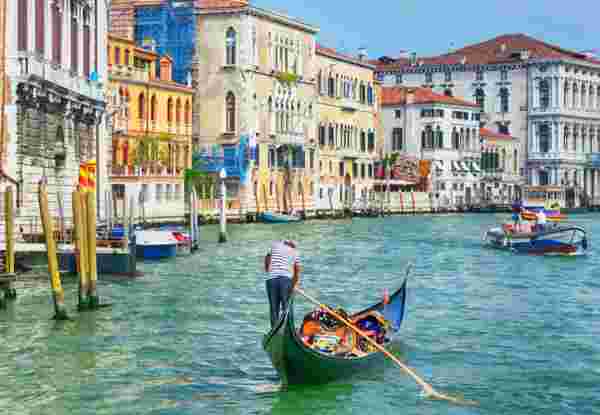
Exploring Venice and Its Canals
READ MORE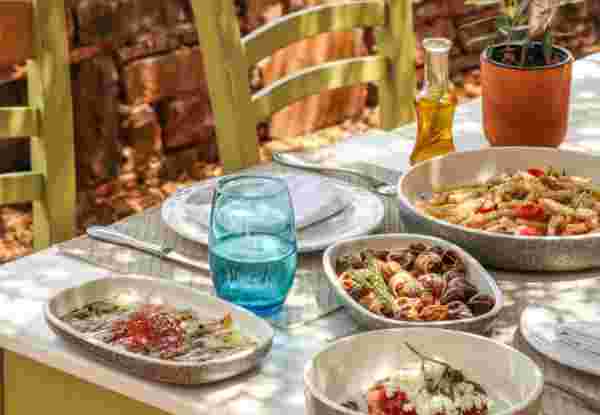
Crete for Seniors: A Complete Guide
READ MORE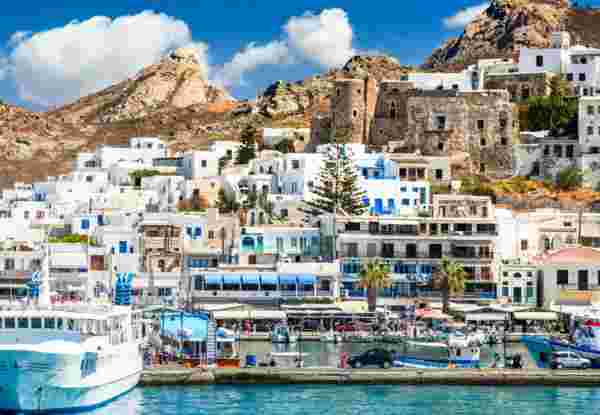
How to Explore Naxos for Seniors
READ MORE
Why Visit Santorini with Kids: A Fun Family Guide
READ MORE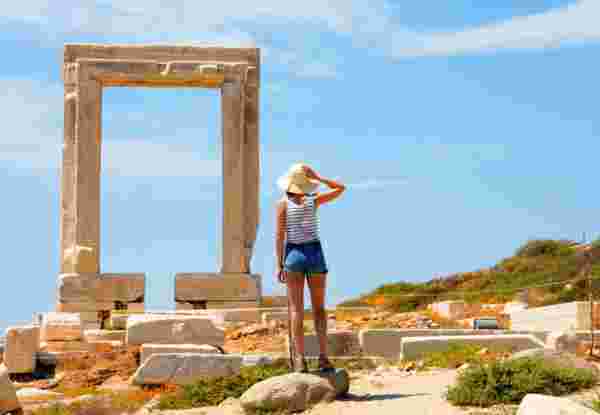
Honeymoon in Naxos: A Complete Guide
READ MORE
Visiting Athens with Kids: A helpful Guide
READ MORE
Paros for Seniors: Tips and Itinerary
READ MORE
Best Resorts in Greece for Families: Your Ultimate 2025 Guide
READ MORE
How to Enjoy Santorini for Seniors
READ MORE